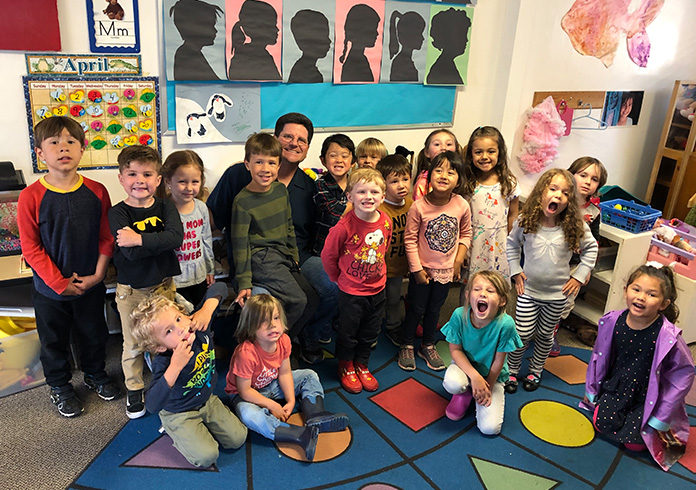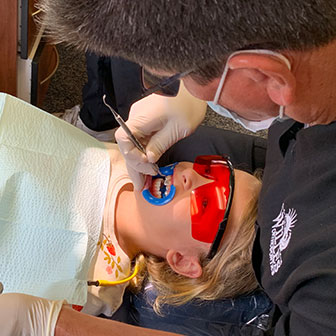Orthodontics for Children
For parents, it’s not easy to know if your son or daughter will need orthodontic treatment, or when is the best time for an initial orthodontic evaluation. While there is no exact age for children to begin treatment, the American Association of Orthodontists recommends visiting your orthodontist around age seven. Although kids often don't need to start treatment at that age, some important issues are better when identified and addressed early. And even if it's not time for treatment, you will then have a good idea whether there will be a future need or not, which helps both your family and the Willes Ortho team know how to plan and prepare.
By this age, most children have a mix of baby teeth and adult teeth as well as mature enough jaw and facial development to allow Dr. Willes to detect and diagnose tooth and jaw problems sooner. Early diagnosis helps him create a plan for any future treatment which will be the most healthy, efficient, economical, and least invasive.
Even if braces aren't on the foreseeable horizon, but you just want your young children to not have anxiety about going to the dentist, feel free to bring them in at any age to meet Dr. Willes, and sit in a dental chair that goes up and down, and do a coloring page—and let them experience that a dental office is not a scary place. (You can even ask Dr. Willes to juggle or do a magic trick: he's got some pretty mad skills at making a quarter disappear and then reappear in your child's ear!)
Read on for more information about what braces might mean for your child.
Early treatment enables an orthodontist to:
- Correct and guide the growth of your child’s jaw to help the permanent teeth come in straight
- Regulate the width of the upper and lower arches
- Create more space for crowded teeth
- Avoid the need for permanent tooth extractions later in life
- Correct thumb sucking and help improve minor speech problems
Here are a few things to look for that may mean your child needs to see an orthodontist
- Early or late loss of baby teeth
- A hard time chewing or biting food
- Mouth breathing
- Finger or thumb sucking
- Crowded, misplaced, or blocked teeth
- Jaws that pop or make sounds when opening and closing
- Teeth that come together abnormally, or do not come together at all
- Jaws and teeth that are not proportionate to the rest of the face
- Crowded front teeth around age seven or eight
- Self-conscious about teeth or reluctant to smile
When it's time, give us a call to schedule an appointment for a free, no-pressure orthodontic evaluation. In some cases, early treatment now could give your youngster their healthiest, best smile for the future. In other cases, you will learn that it's fine to watch and wait.



